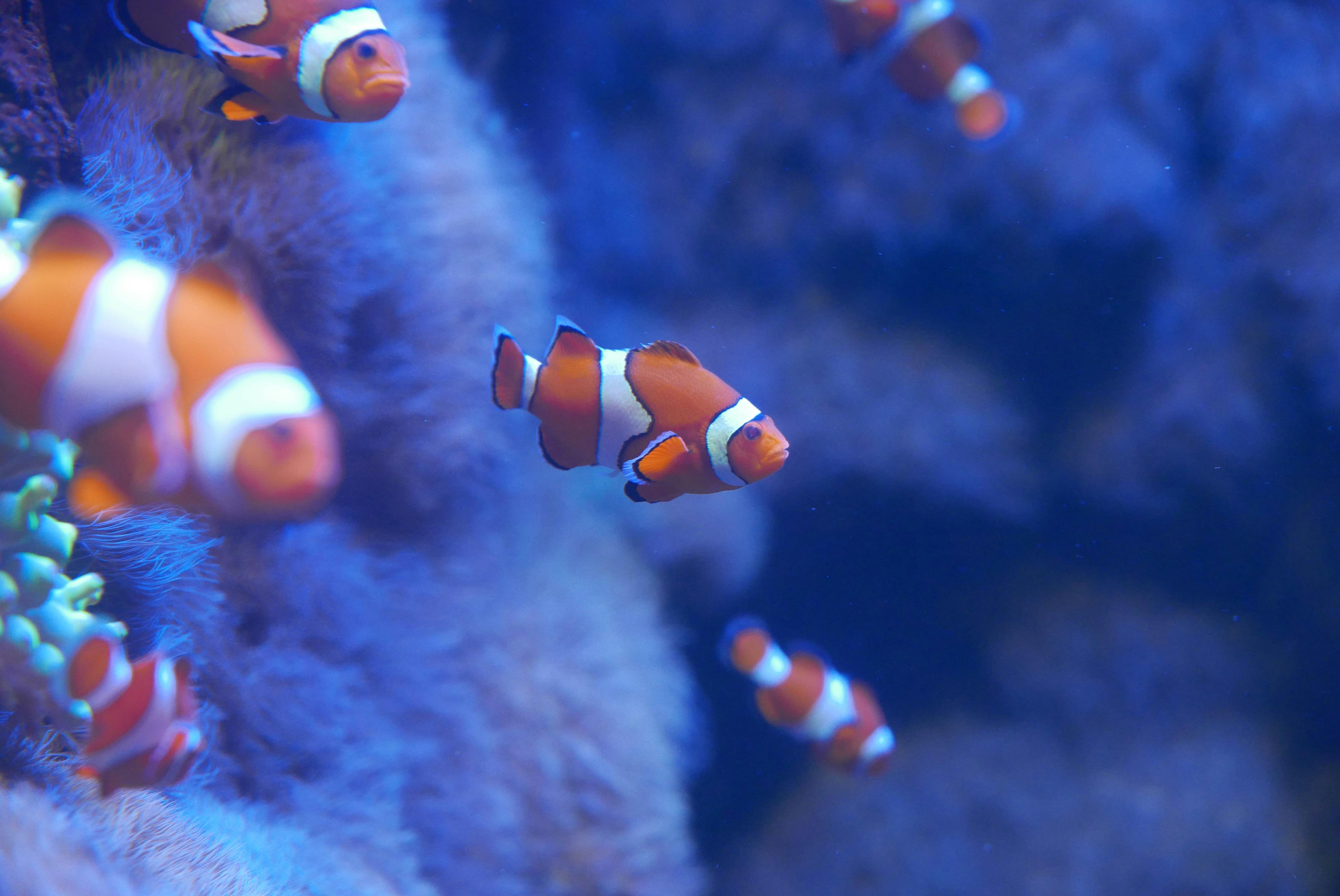Signs of Stress in Fish: What to Look Out for in Your Aquarium

Understanding Signs of Stress in fish
Detecting signs of stress in fish is crucial for maintaining their health and well-being in an aquarium setting. Just like any other pet, fish can experience stress due to various environmental and biological factors. It's important to recognize these signs early to ensure your aquatic friends are living in a comfortable and healthy environment.
Physical Signs of Stress in Fish
One of the most evident signs of stress in fish is a change in their physical appearance. Look for signs such as:
- Clamped Fins: This is when the fins are held close to the body and not fanned out as usual.
- Gasping for Air: If fish are often found at the water's surface gasping for breath, it may indicate poor water quality or oxygen levels.
- Faded Colors: Fish might lose their vibrant colors and appear more washed out, particularly if they are stressed over a longer period.
- Visible Spots or Fungus: Stress can weaken a fish's immune system, making them more susceptible to diseases like ich or fungal infections.
Behavioral Changes Indicating Stress
Changes in behavior can also be a significant indicator of stress in fish. Key behaviors to monitor include:
- Erratic Swimming: Watch out for sudden darting movements or swimming at an unusual pace.
- Hiding or Decreased Activity: Fish that are normally active but start to hide or remain motionless could be under stress.
- Loss of Appetite: A noticeable decrease in eating habits or complete refusal of food is another important sign of stress.
- Aggression: Increased aggression towards other fish can be caused by overcrowding, a common stress factor in aquariums.
Environmental Stressors for Fish
Several environmental factors can contribute to stress in fish:
- Poor Water Quality: High levels of nitrates, ammonia, or incorrect pH levels can cause significant stress and health issues.
- Improper Temperature: Sudden changes in water temperature or temperatures that are not suited to the fish’s natural habitat can induce stress.
- Overcrowding: Too many fish in a small space can lead to a lack of oxygen and increased aggression, both of which can stress fish.
- Inadequate Hiding Spaces: Lack of places to hide can cause stress, especially for shy or territorial species.
Preventing and Addressing Fish Stress
To prevent stress in your fish, ensure that their environment is as close to their natural habitat as possible. Regularly check and maintain water conditions, provide adequate space and hiding spots, and feed them a balanced diet. Observing your fish daily and acting quickly at the first sign of distress can help keep your aquatic pets healthy and vibrant.
If you notice signs of stress, consider testing the water, looking into potential sources of the problem, and adjusting the conditions if necessary. In some cases, consulting with a vet who specializes in aquatic animals might be required.